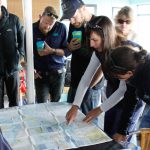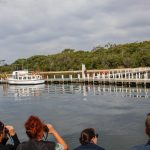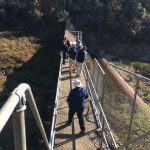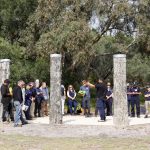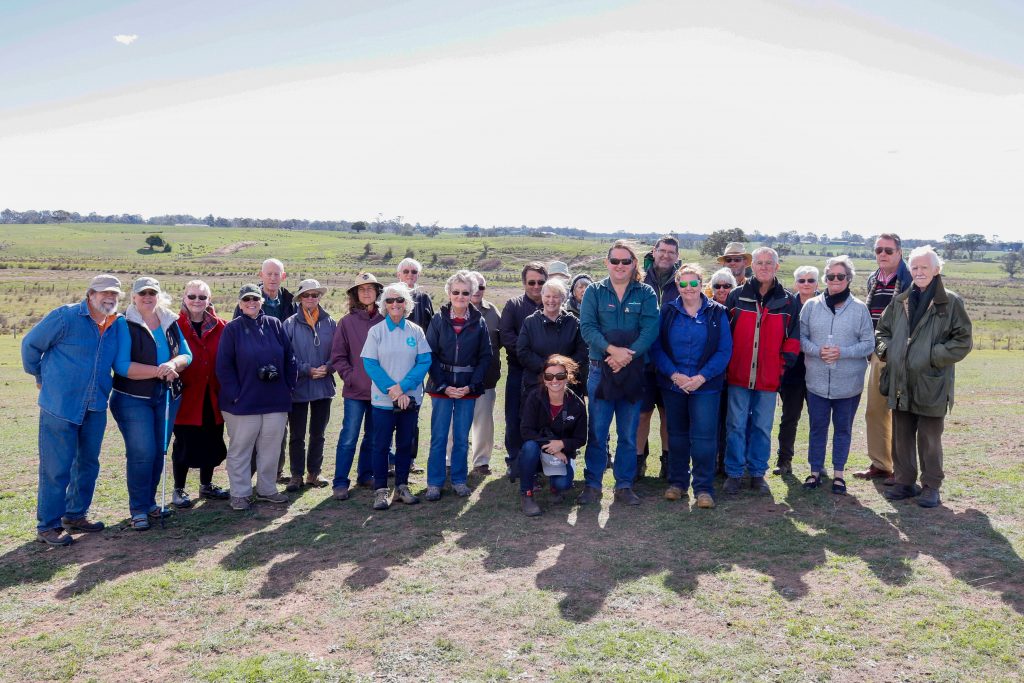
Wetlands are more than just swamps, they serve an important ecological function and are important places for Traditional Owners.
That was the takeaway at the recent Wonders of the Wetlands tour, led by the EGCMA in conjunction with Greening Australia and the Lower Tambo Landcare Group.
Attendees had the opportunity to travel to sites along the lower Tambo to see the progress of works being undertaken by Greening Australia. They learned about the environmental and cultural importance of the Twin Rivers, while Birdlife Australia’s Deb Sullivan discussed the migratory birds who visit the Gippsland Lakes each year.
The EGCMA would like to thank the community members, landholders and partner organisations who helped make this day such a success.
Project sites visited have been funded by the Victorian State Government as part of $222 million committed to improving the health of waterways and catchments in Victoria.

The East Gippsland Catchment Management Authority (EGCMA) last week played host to staff of seven Catchment Management Authorities from across the state as part of the East Gippsland CMA Knowledge Sharing Forum.
Members of the West Gippsland, Corangamite, Wimmera, Goulburn Broken, North East and North Central CMA’s gained an understanding of East Gippsland’s unique natural environment and the challenges and opportunities in maintaining and enhancing the health of our catchments.
The group visited the Mitchell River Silt Jetties, the mouth of the Tambo River, the Nicholson Dam and took a boat trip to view works across the Gippsland Lakes. EGCMA partners Birdlife Australia, DELWP, Friends of Beware Reef, Gippsland Ports, Greening Australia, Gunaikurnai Land and Waters Aboriginal Corporation (GLaWAC) and The Marine Mammal Foundation, all spoke passionately about their respective projects.
A particular highlight was the smoking ceremony performed by GLaWAC JM Ranger Supervisor, Grattan Mullet Jnr at Sperm Whale Head and the opportunity to learn about the joint management of ten parks and reserves by GLaWAC and Parks Victoria.
“This event was a great opportunity to showcase our partnerships throughout the region.” said Becky Hemming, acting EGCMA chief executive officer. “Sharing of knowledge and experiences with CMA staff from around the state will contribute to better relationships and a better understanding of how to improve the health of our rivers and waterways.”
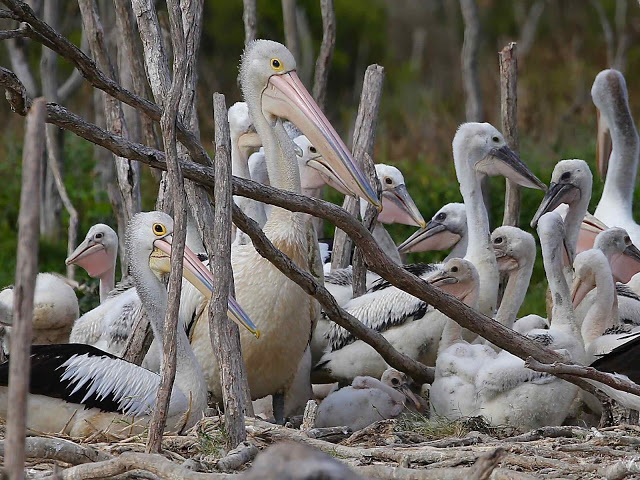
It isn’t very often you wouldn’t be able to spot a Pelican when visiting the Gippsland Lakes. For a species that is often sighted though, not a lot is known about its breeding and behaviour patterns in the Gippsland Lakes.
Birdlife Australia, together with the regional group of volunteers from Birdlife East Gippsland, are working on several projects funded by the Gippsland Lakes Community Grants 2017.
Graeme Dear, CEO of the East Gippsland Catchment Management Authority (CMA) said “The Gippsland Lakes funding is a priority in the Water Plan for Victoria. The projects are very much a partnership of agencies and community groups working together for the benefit of the Lakes”.
The Australian Pelican will be one of the focus species of the projects. With its cultural significance and a bird that everyone knows and recognises, the new information will assist in demonstrating the importance of the Gippsland Lakes as a refuge in times of national and regional drought. It will also assist in the future management of wetlands. Other species will also be monitored including resident and nomadic birds such as Egrets, Cormorants, Ibis, Spoonbills and Herons.
Deb Sullivan from Birdlife Australia said “The iconic Pelican expanded its nesting colony to a second site over the previous breeding season but this year it doesn’t appear that this will happen. It is known that the pelican has a nomadic response to significant rain events but there is no information on this response for the Gippsland Lakes. We hope through our projects that we may be able to answer some of those questions.” The Gippsland Lakes is home to one of the few permanent breeding rookeries in Australia for the Australian Pelican.
Other work will include monitoring the distribution and behaviour of waterbird and shorebird species, impacts that human disturbances have on migratory birds as well as creating a breeding index to gain a better understanding of bird breeding patterns to ensure their long term survival.
Mr Dear said “The Gippsland Lakes are recognised internationally as a Ramsar listed wetland and are a vital habitat for native plants and animals. As a major tourist and recreation destination they also play a vital role in supporting the region’s economy. The Gippsland Lakes community projects play an important role in looking after the Lakes.”
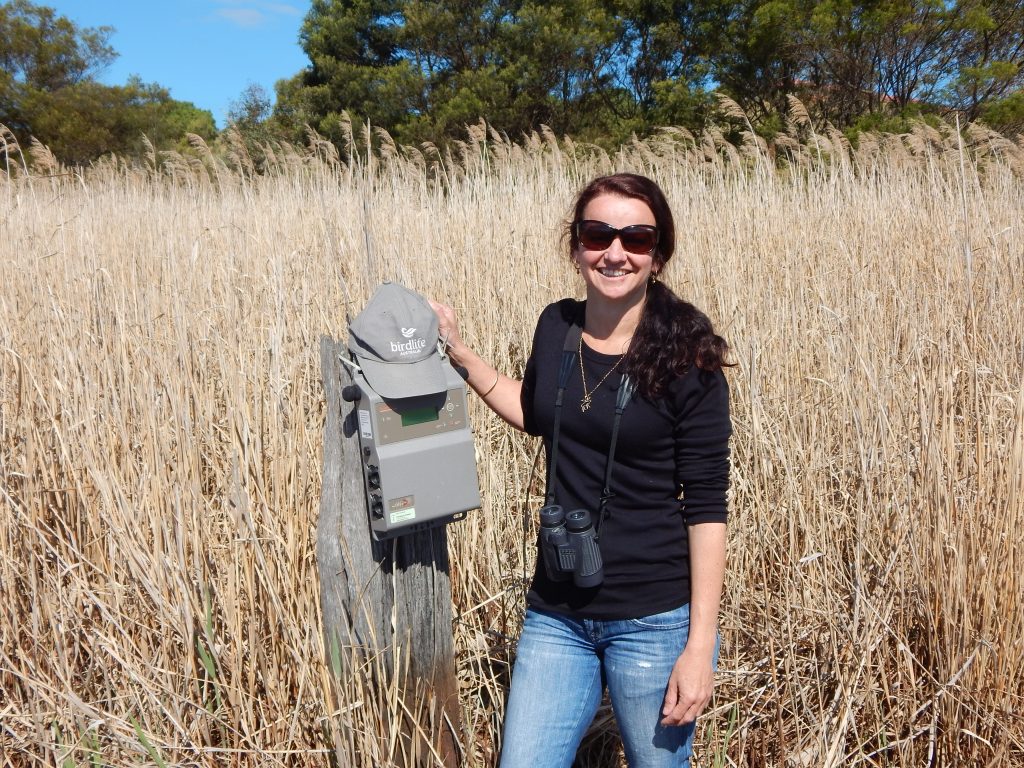
As a ground nesting and feeding bird there are enough dangers in life already without the threat of a fox eating your eggs, your babies or even you. To have survived pressures such as habitat loss and native predators only to have a newly hatched baby bird run down by a fox is a pressure adult birds can do without.
Over 80 waterbird species call the Gippsland Lakes home as well as migratory birds that travel thousands of kilometres every year to feed and rest. These birds depend on the health and safety of the Gippsland Lakes for their existence. This is why the Gippsland Lakes are RAMSAR listed and part of an international agreement to look after worldwide migrating waterbirds.
Foxes are just one of the many potential threats to birds that live in the Gippsland Lakes but it is one threat that is being targeted.
Working together and sharing skills GunaiKurnai Land and Waters Aboriginal Corporation (GLaWAC), Parks Victoria, landowners and Trust for Nature are conducting several fox baiting programs in areas around the Gippsland Lakes. The aims are to reduce the fox numbers which will give the waterbirds a chance to survive, breed and increase their populations.
Birdlife Australia together with the regional group of volunteers from Birdlife East Gippsland is also involved with their project being one of eleven that received funding in the Gippsland Lakes Community Grants 2017. They are working on a fox index which will measure the presence of foxes in waterbird breeding sites and their impact on these ground nesting birds. The index will assist managers to measure the success of the baiting program.
Graeme Dear, CEO of the East Gippsland Catchment Management Authority (EGCMA) said “The Gippsland Lakes funding is a priority listed in the Water Plan for Victoria and targeting foxes is an example of agencies and community groups sharing skills and knowledge and working together.”
Deb Sullivan from Birdlife Australia has seen many foxes when out doing field work during the day and is alarmed at how bold they are. “I was putting out song meters used to record Australasian Bittern and a fox swam out from the other side of the wetland, across the river, walked up to the song meter about 50 metres away, had a sniff then decided to swim back across the river into the wetland. I couldn’t believe it, as bold as brass!”
The ground feeding and nesting birds are fair game for the foxes. Deb also said “species such as the small terns, pied oyster catchers and hooded plover’s babies run from the moment they hatch; they don’t sit in the nest and wait to be fed by the parents they are completely mobile, but they can’t fly. They are still perfect prey for the fox even though they are fast they wouldn’t outrun a fox. We are trying to reduce those fox numbers to give the birds a better chance.”

